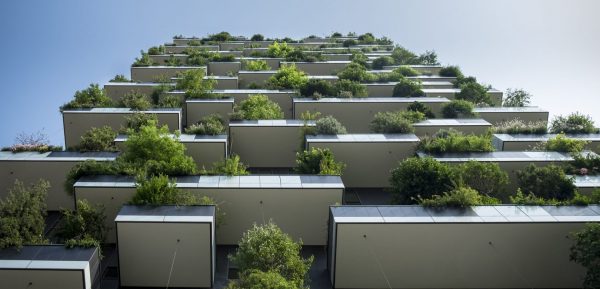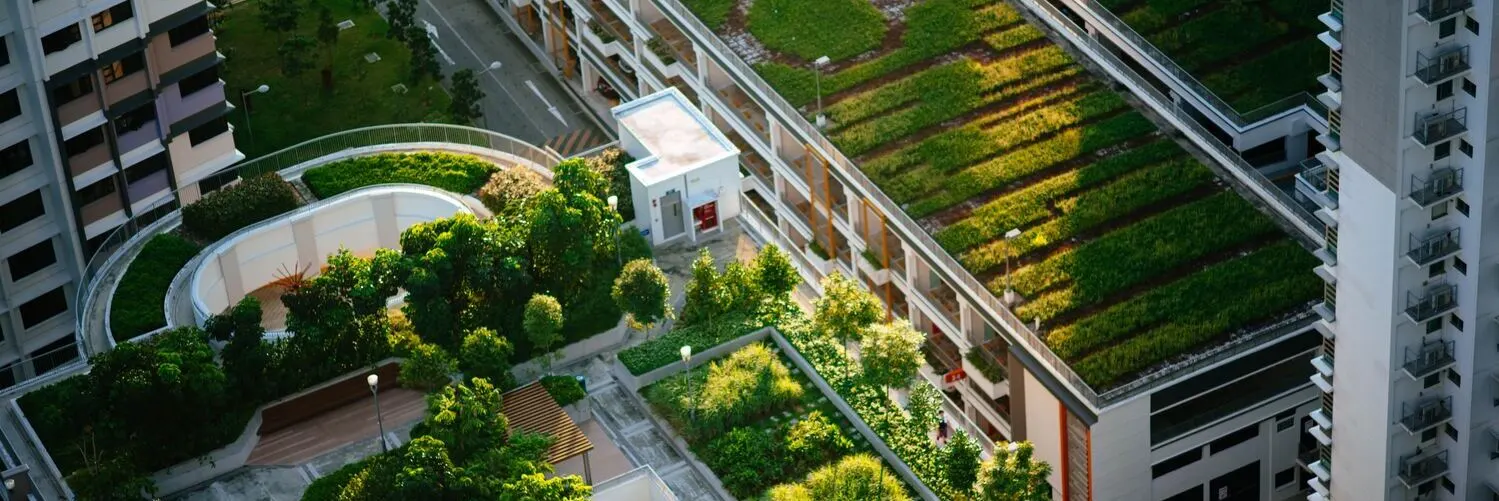In the quest for a more sustainable future, the concept of net-zero energy buildings has emerged as a shining beacon of hope. These innovative structures are designed to produce as much energy as they consume, effectively canceling out their carbon footprint. While net-zero energy buildings are still a rarity in many parts of the world, colleges and universities are taking the lead in adopting this green technology and setting an example for the rest of society.

Defining Net-Zero Energy Buildings
Before diving into how colleges are pioneering the net-zero energy movement, it’s essential to understand what these buildings entail. Net-zero energy buildings, often referred to as NZEBs, are structures designed with energy efficiency and sustainability as their core principles. They incorporate a combination of renewable energy sources such as solar panels, wind turbines, and geothermal heating, along with cutting-edge energy-efficient technologies to minimize energy consumption.
The ultimate goal of an NZEB is to generate as much energy as it consumes over the course of a year. In some cases, these buildings can even produce surplus energy, which can be fed back into the grid or stored for future use. Achieving net-zero energy status requires a holistic approach that considers building design, materials, insulation, and the integration of renewable energy sources.

Colleges as Trailblazers
Colleges and universities have long been at the forefront of societal change, pushing boundaries and shaping the future. It’s no surprise, then, that many educational institutions have embraced the challenge of building net-zero energy facilities. Here’s how they are leading the way:
1. Demonstrating Feasibility
Colleges and universities serve as living laboratories for sustainability initiatives. By implementing net-zero energy buildings on their campuses, they not only reduce their own carbon footprint but also showcase the feasibility of such projects. These institutions demonstrate that with careful planning, investment, and innovation, achieving net-zero energy is not just a dream but a viable reality.
2. Educating Future Generations
One of the primary missions of higher education is to prepare students for the future. By incorporating net-zero energy buildings into their campuses, colleges and universities provide a unique learning opportunity. Students studying architecture, engineering, environmental science, and other related fields can gain hands-on experience and knowledge in sustainable building design and construction. This exposure equips them to become leaders in the green building industry and advocates for sustainability.
3. Fostering Research and Innovation
Colleges are hubs of research and innovation, making them ideal environments for testing and improving net-zero energy technologies. Faculty and students can collaborate on research projects that explore new materials, construction techniques, and energy-efficient systems. This research not only benefits the institution but also contributes valuable insights to the broader industry, accelerating the adoption of sustainable building practices.

In the relentless pursuit of a more sustainable future, the concept of net-zero energy buildings has emerged as a beacon of hope, offering a powerful solution to combat climate change. These innovative structures, which generate as much energy as they consume, stand as a testament to human ingenuity and our capacity to harmonize with the environment. While they may still be a rarity in many parts of the world, colleges and universities have stepped boldly into the vanguard of this green revolution. Through their commitment to net-zero energy buildings, they not only exemplify the potential of sustainable architecture but also nurture a new generation of environmentally conscious leaders. By demonstrating the feasibility of such endeavors, educating future generations in the art of sustainable design, and fostering research and innovation, colleges are not merely pioneers; they are catalysts propelling society towards a brighter, more sustainable tomorrow. In their unwavering dedication to this cause, they provide a beacon of inspiration for all who aspire to build a greener, more sustainable world.
For more information on the Green Building and Sustainable Design Diploma, career paths, or other relevant information, fill out the form below and one of our educational advisors will get in touch.





